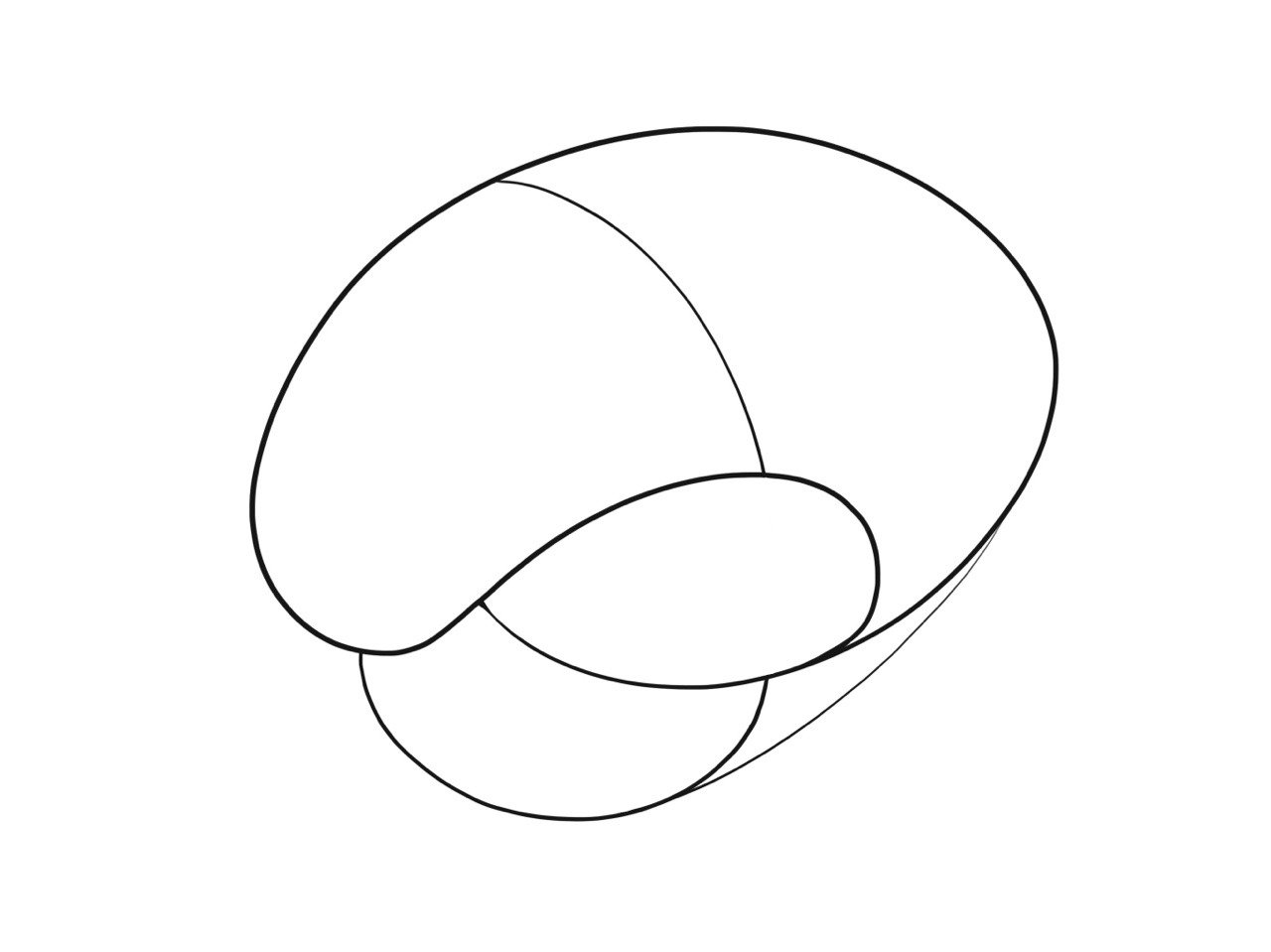Many times we forget that certainly one of the main functions, if not _the_ main function, of an image is to represent something beyond itself. Like a semiotic arrow pointing toward some domain of hard reality. Whether as an index or as a symbol, an image points to a reality that transcends it. Much of its power comes precisely from this relationship. When we look at a photograph, for example, it’s not just the visual composition that affects us, but the certainty that it refers to a real, lived moment — something that actually existed in the world. It is this connection with something “more real than itself” that gives images their depth and sustains their cultural, aesthetic, and emotional impact.
AI-generated images, on the other hand, lack this order of power. They may impress through technological novelty, form, or detail. Yet they are stripped of symbolic grounding in the real. What seems captivating today may, in time, reveal itself to be less potent than it appears. This is precisely because there is no “outside of the image” to which it points. The consequences are still difficult to measure. However, one can anticipate that once the initial excitement fades, the perception of symbolic emptiness will become clearer. This will inevitably reposition the place of AI in image-making and compel us to reevaluate what we truly seek in images.
What do we seek in images? A synesthetic experience that speaks for itself? A visual explanation of the world? Or perhaps a mirror, a map, a memory? Surely, we all carry our own uses and longings for images. They console, provoke, inform, enchant. And yet, amid the flood of generated visuals, perhaps the most urgent thing is to pause and ask: what grounds an image? What gives it weight, resonance, staying power? For now, this reflection — on the hollow or the whole that lives within each image — is the most honest place I can stand.
O poder (e o vazio) das imagens de IA
Muitas vezes esquecemos que certamente uma das principais funções, se não a principal função de uma imagem é a de representar algo para além de si mesma. Como uma flecha semiótica que aponta para algum domínio do real duro. Seja como índice ou como símbolo, uma imagem aponta para uma realidade que a transcende, e grande parte de seu poder deriva justamente dessa relação. Quando vemos uma fotografia, por exemplo, não é apenas a composição visual que nos afeta, mas a certeza de que ela remete a um instante real, vivido, que existiu no mundo. É essa conexão com algo “mais real do que ela mesma” que dá densidade às imagens e sustenta seu impacto cultural, estético e emocional.
As imagens criadas inteiramente por inteligência artificial, por outro lado, carecem dessa ordem de poder. Elas podem impressionar pela novidade tecnológica, pela forma ou pelo detalhe, mas são destituídas da ancoragem simbólica no real. O que hoje parece encantador pode revelar-se, com o tempo, menos potente do que aparenta, justamente porque não há um “fora da imagem” para o qual ela aponte. Suas consequências ainda são difíceis de medir, mas é possível antecipar que, passada a euforia inicial, a percepção de vazio simbólico se tornará mais evidente, reposicionando o lugar da IA na produção de imagens e nos obrigando a reavaliar o que realmente buscamos nelas.
Afinal, o que buscamos nas imagens? Uma experiência sinestésica que se sustente por si só? Um gesto explicativo do mundo? Um espelho, talvez, ou um vestígio, ou uma promessa? Cada pessoa se aproxima das imagens com anseios próprios: buscamos consolo, estímulo, informação, beleza. Em meio ao fluxo incessante de visualidades geradas por máquinas, talvez o gesto mais necessário seja justamente esse: interromper o automatismo, fazer a pergunta essencial. O que confere espessura a uma imagem? O que a ancora, o que a mantém viva no tempo? Neste instante, esta pergunta — entre o vazio e a plenitude que habita cada imagem — é o lugar mais verdadeiro de onde consigo falar.














